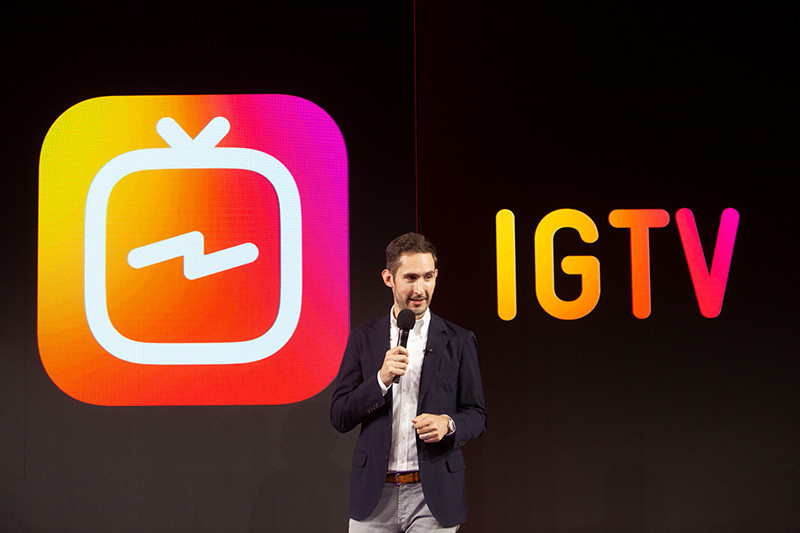SXSW Exclusive: Strategies for Building A Successful Video Brand

In the world of digital content creation, it’s impossible to ignore the power of video storytelling today. Especially as social media sites like Facebook elevate video in their algorithms, and YouTube remains the second most popular site in the world, it’s important to think about a strong strategy behind video content.
At Tuesday’s SXSW panel Pivoting to Video the Best Way, some of the world’s most prominent digital publishers from the likes of the Washington Post, Hearst Digital Media, Conde Nast Entertainment and NBC News gathered to discuss their plan for building a successful video brand on top of regular writing and reporting operations.
Facebook or YouTube?
With constant changes to Facebook’s algorithm and recent general distrust in the platform, Direct of Video for the Washington Post Micah Gelman asked panelists whether they believe we’re living in a “post-social” world for video. While each panelist agreed that social media will always exist, Senior Vice President of Programming for Digital Video at Conde Nast Entertainment Croi McNamara said she has seen more growth on YouTube, rather than Facebook.
“As a premium content provider, YouTube is a safe haven,” she said. “We have worked hard as a group to get very skilled in the YouTube ecosystem. That has proven to be a wise choice for us — we’ve seen triple digit growth.”
Gelman agreed, saying a year ago the Washington Post was more focused on Facebook because that’s where his team saw the most potential. However, right now, Gelman says YouTube is more sustainable and is waiting until Facebook figures out where it’s headed in terms of brands and premium publishers.
Anna Jimenez, Director of Editorial Video Content at Hearst Digital Media, said the fact that we may be living in a “post-social” world might be taking it a little too far. For example, her team has seen massive view numbers on Instagram for the brands she manages, such as Cosmo and Elle.
“We’ve been honing in on creating video content for every platform, then we can really see success,” said Jimenez, adding that digital video is never a “one-size fits all” solution.
Platform-Specific Video
McNamara agreed, saying she has found YouTube to be more of a “lean back and watch” experience, while Facebook has been more interactive. As such, each panelist agreed that videos should match the platform in some way and not simply be “shoveled” from one outlet to the next.
Matt Danzico, head of Left Field at NBC News, said it’s important to be platform-specific. His team has even hired a video editor specifically focused on this task.
“We’ve hired a ‘craft editor’, someone highly skilled at editing videos for each specific platform,” Danzico said.
For brands who want to create a strong online video strategy, Danzico encourages them to not only invest in journalists and videographers, but at least one “adaption editor” to customize that video content for different outlets.
Consistency is Key
In terms of actual video content and storytelling, McNamara says consistency is key, but it’s also important to experiment.
“Consistent programming makes a really big difference. We’re in a world where there are a lot of “one-offs,” but we’ve had to say ‘no’ to things that we can’t monetize,” said McNamara. Conde Nast also uploads the “one-off” videos to different platforms, just to see how they do. “We’re still in the early stages of watching and learning,” she said.
Gelman agreed, saying that like most publishers, the Washington Post is constantly monitoring what’s working and what’s not.
“We have 10 video journalists, and we’ve found the things that work really well are breaking news and investigative journalism.” When it comes to the “nice-to-have’s”, sometimes his team has to say ‘no.’
Reaching Younger Audiences
As for the future storytelling on traditional TV, cable and broadcast, Danzico said “the money is still there.”
But it might not be for long. McNamara talked about a recent study that showed the 18-35 demographic on traditional television is barely present, leaving the ‘boob tube’ for YouTube and Netflix.
Danzico elaborated that while the money may still be in TV, he agreed that audiences are changing. He predicted a future where shorter, social media videos will tease a half hour TV show for MSNBC, acting as a digital “tap on the shoulder” for younger audiences.
In the end, all panelists agreed that regardless of platform, the best content strategy is having a good, quality story. Though the outlets and types of content may changes, Gelman said it best when he stated, “All the visuals in the world can’t save you if you can’t tell an effective story.”




